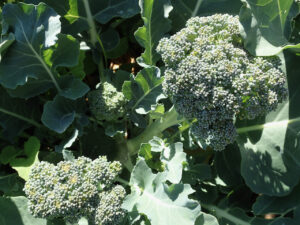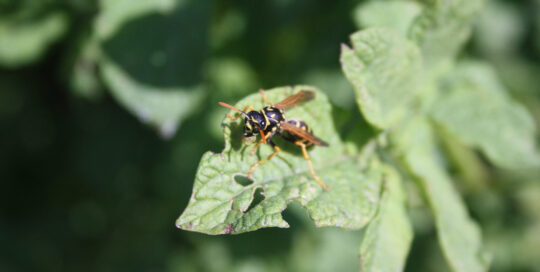How to Know the Allelopathic Plants in Your Garden
Views: 151

When I was twelve years old, I situated my first garden near a black walnut tree (Juglans nigra) in the corner of our backyard, not realizing the tree produced chemicals that inhibited the growth of other plants, especially tomatoes, thwarting my efforts for a bountiful harvest. There are certain flowers and other plants that have the same characteristics, which is why it’s good to know the allelopathic plants in your garden.
While it doesn’t make much sense for a plant to poison its neighbors, producing these chemicals discourages pests for many of these species. The key is knowing whether the particular plant affects everything around it, or only certain types of plants. Either way, if your lawn or garden is not growing as well as you’d like it to in some areas, it might be because of the chemicals some of the trees or plants produce.
Allelopathic Trees
Black walnut trees are well-known for this challenging characteristic. But the messy tree-of-heaven (Ailanthus altissima) and buckthorn (Rhamnus carthartica), which is problematic on so many levels, also create chemicals that are detrimental to neighboring plants.
When you have one or all of these specimens, how you remedy the situation depends on the tree. Black walnut trees are exceedingly slow growing, and, at least in my opinion, should be left where it is. It’s easier to move the garden to accommodate the black walnut tree.
It’s another situation when it comes to the tree-of-heaven and common buckthorn trees. Both of these are non-native and spread like gangbusters. Besides secreting toxins, both of them crowd out neighboring plants, and reseed abundantly. It’s best to remove them.
Uninvited Bullies
There are many reasons that non-native plants are discouraged, including allelopathy. When they are out of their natural element, everything that grows well around them, as well as everything that keeps them in check, is no longer present. This imbalance wreaks havoc on the ecosystem, even if that’s your backyard landscape. It’s also good to know the allelopathic traits of many of them.
We have a long-standing battle with knapweed here in Montana, and throughout the West. Even though it produces pretty, purple flowers that look like bachelor’s buttons, the roots create a toxin that poisons the surrounding soil for other plants. There will be enormous fields of purple knapweed, but there isn’t much diversity within the group.
Sheep and Goats are Adorable Weed Eaters
Garlic mustard (Alliaria petiolata) is another introduced species that was brought over from Europe in the 1868 to plant for very effective erosion control, as well as another species people can eat. Just as the story goes so many times, it quickly overtook many of the native plants. Besides a rigorous reproductive strategy, it also produces chemicals that harms nearby plants. Pull this plant whenever possible, preferably before it goes to seed.
Garden Plants Affect Neighbors
Even within our own gardens, there are some plants that produce chemicals that might upset other varieties growing next to them. Broccoli is one that comes to mind because it reportedly secretes chemicals in the roots to discourage pests, but these can stunt other Brassicas planted next to it. The easiest way to remedy the situation is to plant your cabbage and other cole crops in another part of the garden.
When you know the allelopathic characters in your garden, it’s easier to move plants to where they are the happiest.
Meet Amy Grisak
Amy is a freelance author and photographer in Great Falls, MT who specializes in gardening, foods, and sustainable agriculture. She provides information on every kind…
Amy's Recent Posts

Looking into the Crystal Ball for a Pest Report








